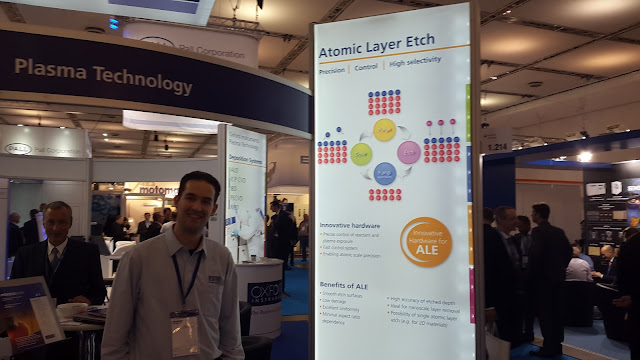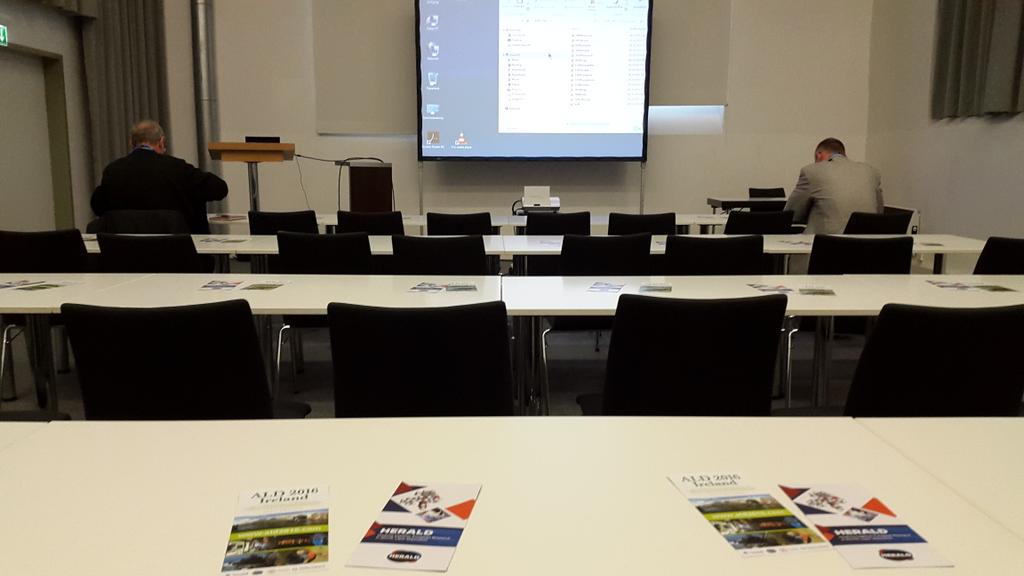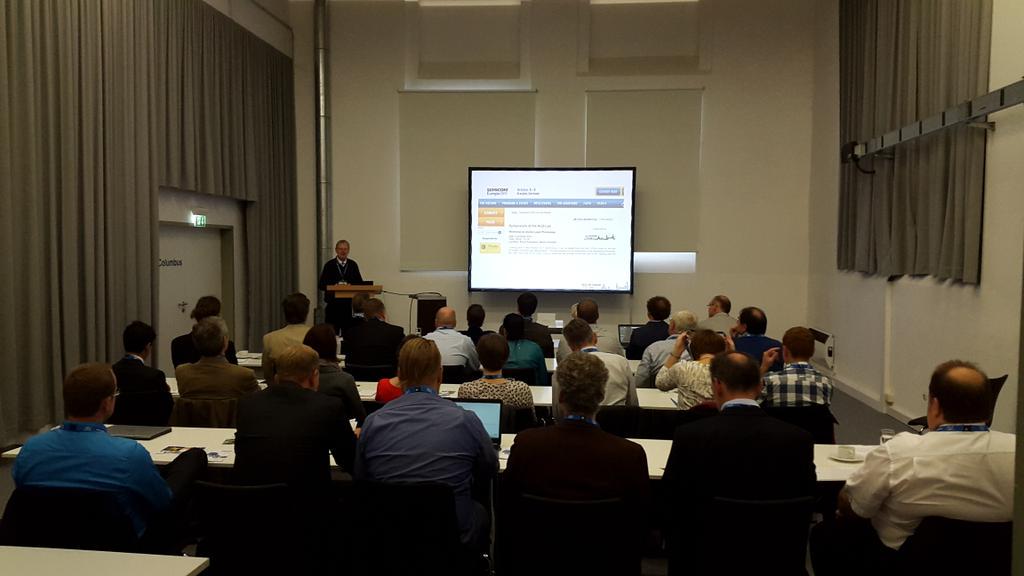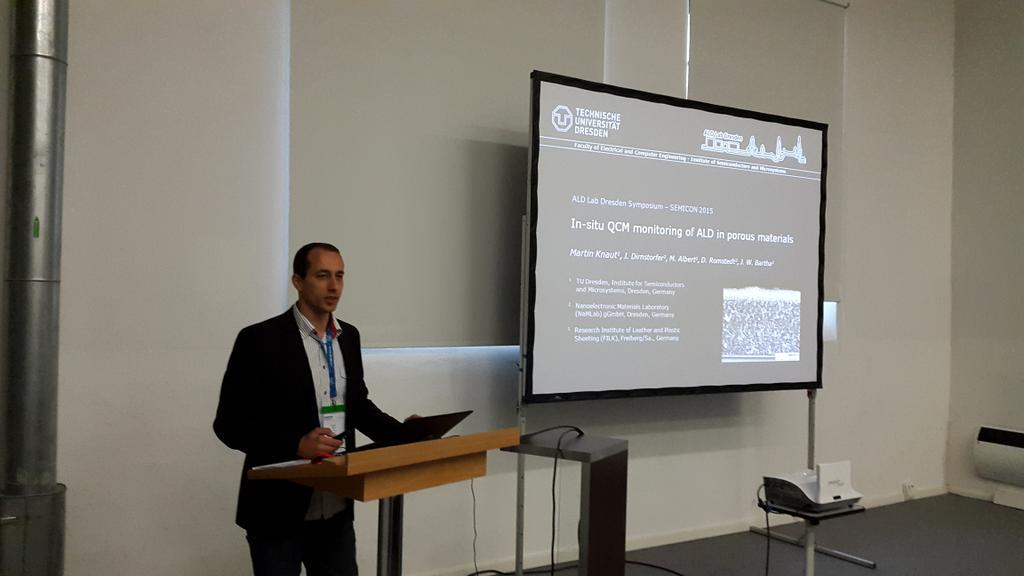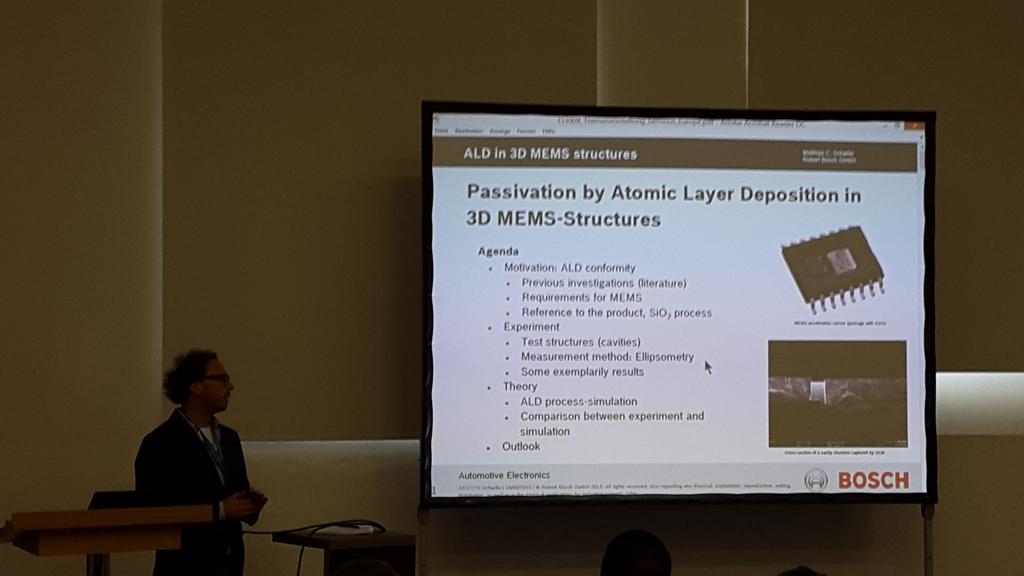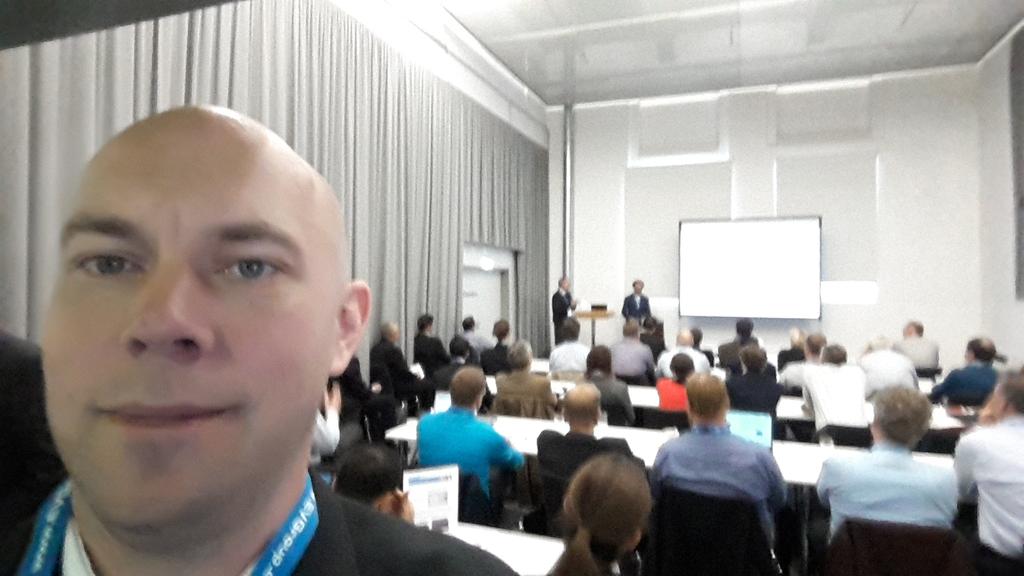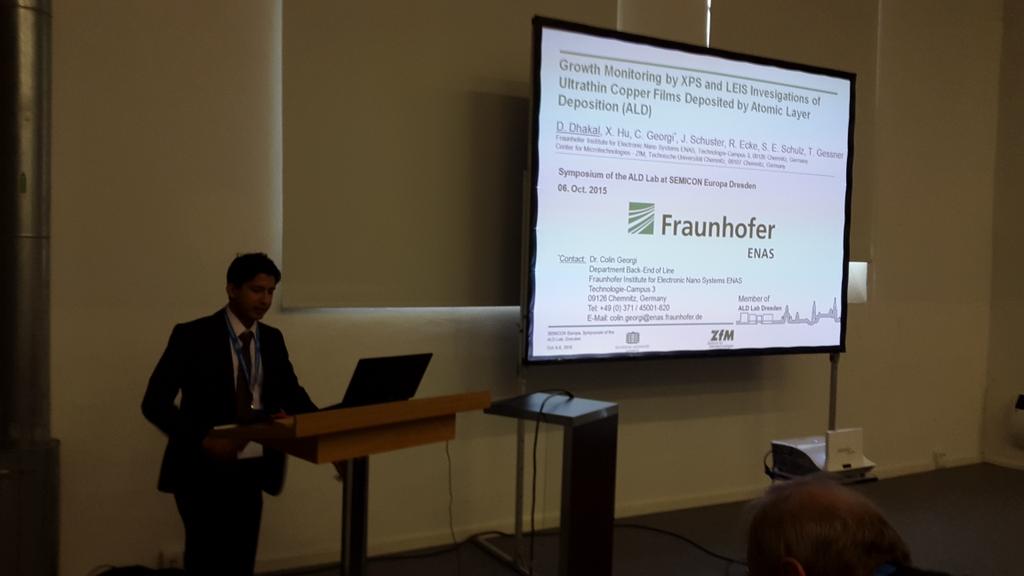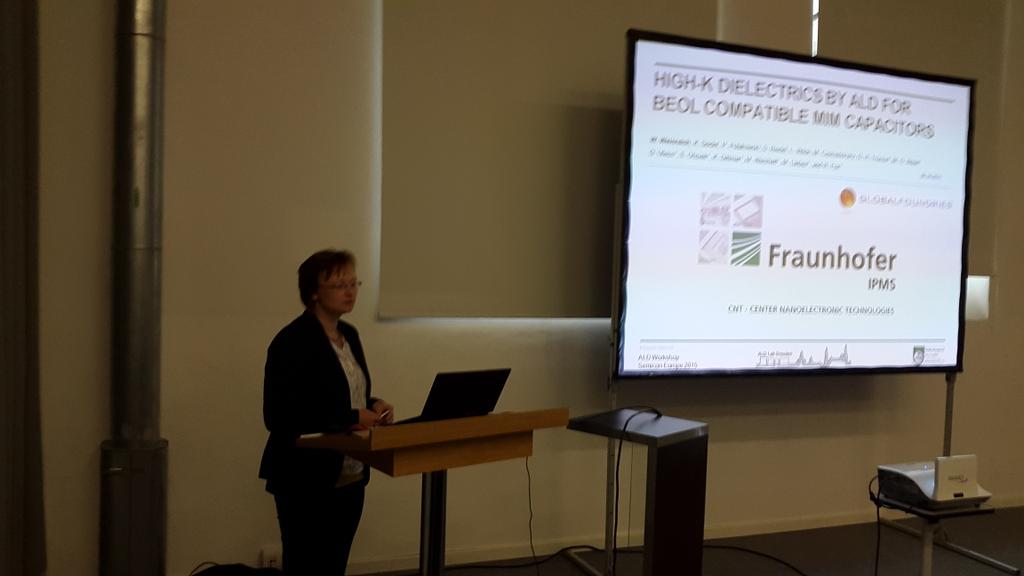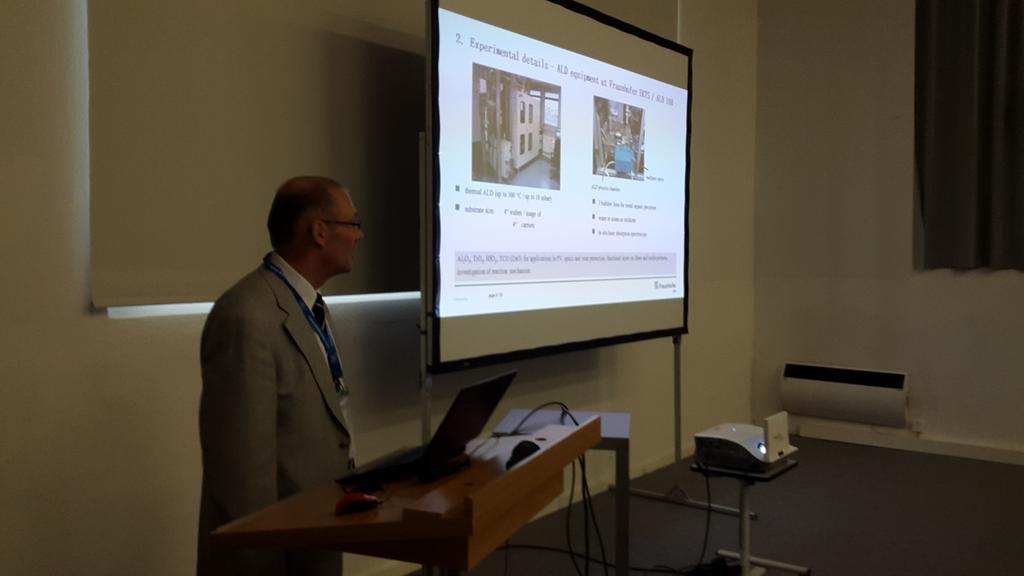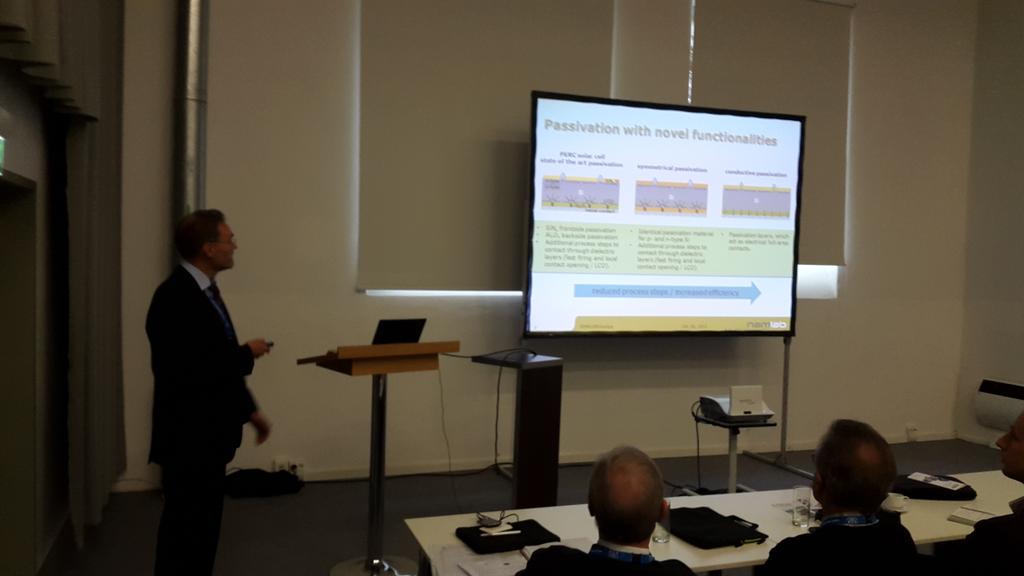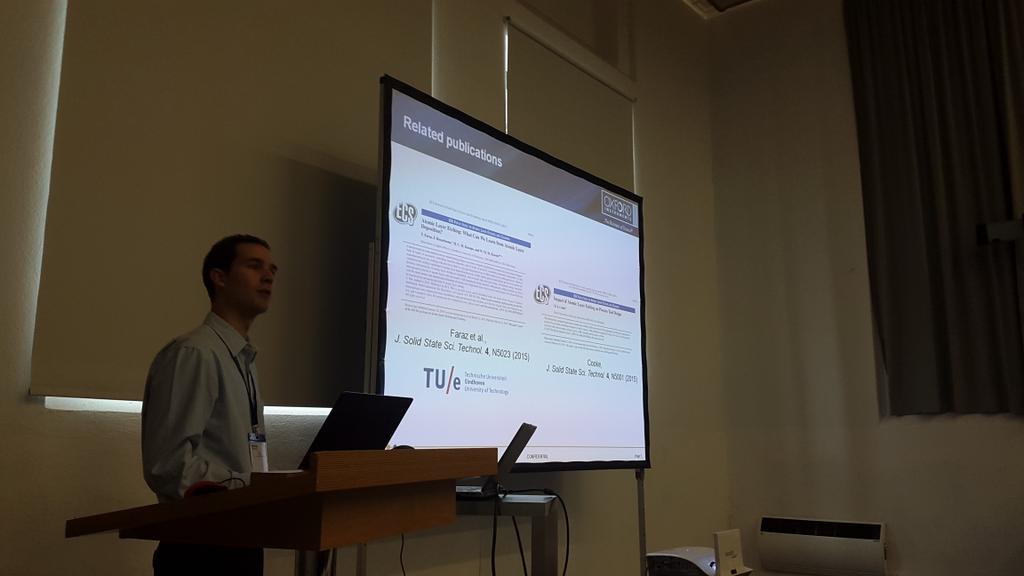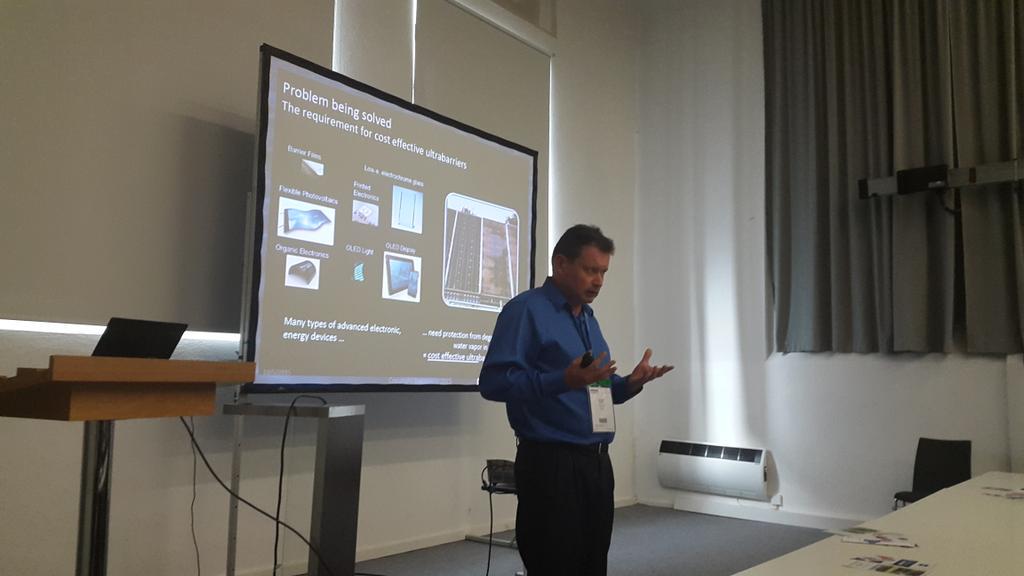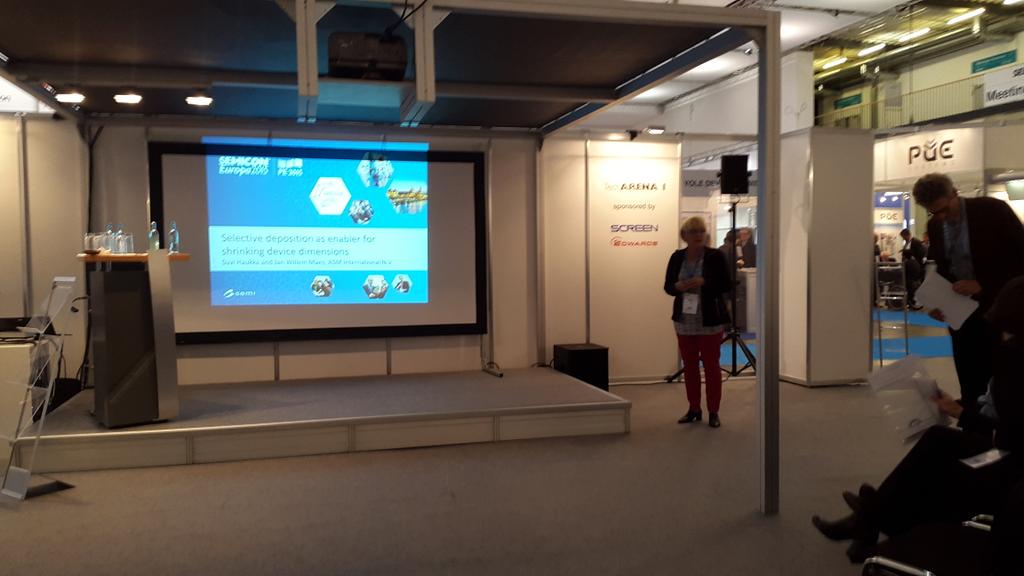Company presents technical sessions and exhibits at AVS Symposium
San Diego, Calif – October 14, 2015 – RASIRC will showcase a family of new technologies at the AVS 62nd International Symposium & Exhibition, October 18-23 in San Jose, California. Hydrogen peroxide gas with and without water as well as recent data on hydrazine gas for processing next generation semiconductor materials will be covered in two oral presentations and an exhibit (booth #437). The company will present “Novel Delivery of Unstable Precursors for Atomic Layer Deposition” on Monday October 19 at 4:40PM in the More Moore! II session. The company will also present “H2O2 Gas: Revolutionary new molecule for ALD” in a Technology Spotlight session.
“Next generation semiconductor devices have low thermal process budgets. Hydrogen peroxide gas and hydrazine are active molecules that allow for low temperature processing without the damage plasma can create,” said Jeffrey Spiegelman, RASIRC President and Founder. “Our Peroxidizer® and BRUTE™ product lines represent a breakthrough in stable delivery of what has been historically difficult chemicals to deliver in process.”
Hydrogen Peroxide and Hydrazine Delivery
Hydrogen peroxide in aqueous form is commonly used in semiconductor manufacturing for cleaning and surface preparation operations. However, it has limited general utility in aqueous form due to the volatility of water. In its pure state, hydrogen peroxide is highly unstable and has a propensity to decompose, forming water and oxygen. RASIRC technology uses a proprietary delivery system where 99.6% hydrogen peroxide is dissolved in non-volatile solvent.
Next generation devices have low thermal budgets and high aspect ratio structures that create new challenges for ALD grown nitride films. Hydrazine (H2NNH2) has been proposed as a thermal ALD low temperature nitride source. Hydrazine is highly flammable and its flash point decreases with reduced water content. RASIRC developed a new method and formulation for the delivery of anhydrous Hydrazine. Precursor vapor pressure is maintained at levels viable for ALD. Moreover, the addition of a proprietary solvent lowers the risk of explosion by raising the solution flash point.
Preliminary ALD data will be presented showing unique properties of these new precursors along with theoretical data on precursor delivery under variable ALD conditions.
About the Peroxidizer
The Peroxidizer is a high concentration hydrogen peroxide (H2O2) vaporizer designed specifically for the needs of next generation semiconductor processes. The Peroxidizer is the first commercial vaporizer capable of delivering concentrations greater than 5% H2O2 gas by volume from 30% H2O2 liquid source.
About BRUTE vaporizers
BRUTE Peroxide delivers anhydrous hydrogen peroxide (H2O2) for semiconductor fabrication processes such as atomic layer deposition (ALD) and atomic layer etch (ALE). BRUTE Peroxide is the only commercially available technology that can deliver up to 99.9% H2O2 gas by volume into a vacuum.
RASIRC BRUTE Hydrazine delivers water-free hydrazine (N2H4) gas into atomic layer deposition (ALD) processes. BRUTE hydrazine includes a vaporizer pre-loaded with hydrazine liquid.
AVS Symposium & Exhibition Presence
For more information about H2O2 Gas and Hydrazine delivery systems, AVS Symposium attendees are invited to visit RASIRC in booth #437. Representatives will be available to discuss technologies and test results.



%20(1).png)

